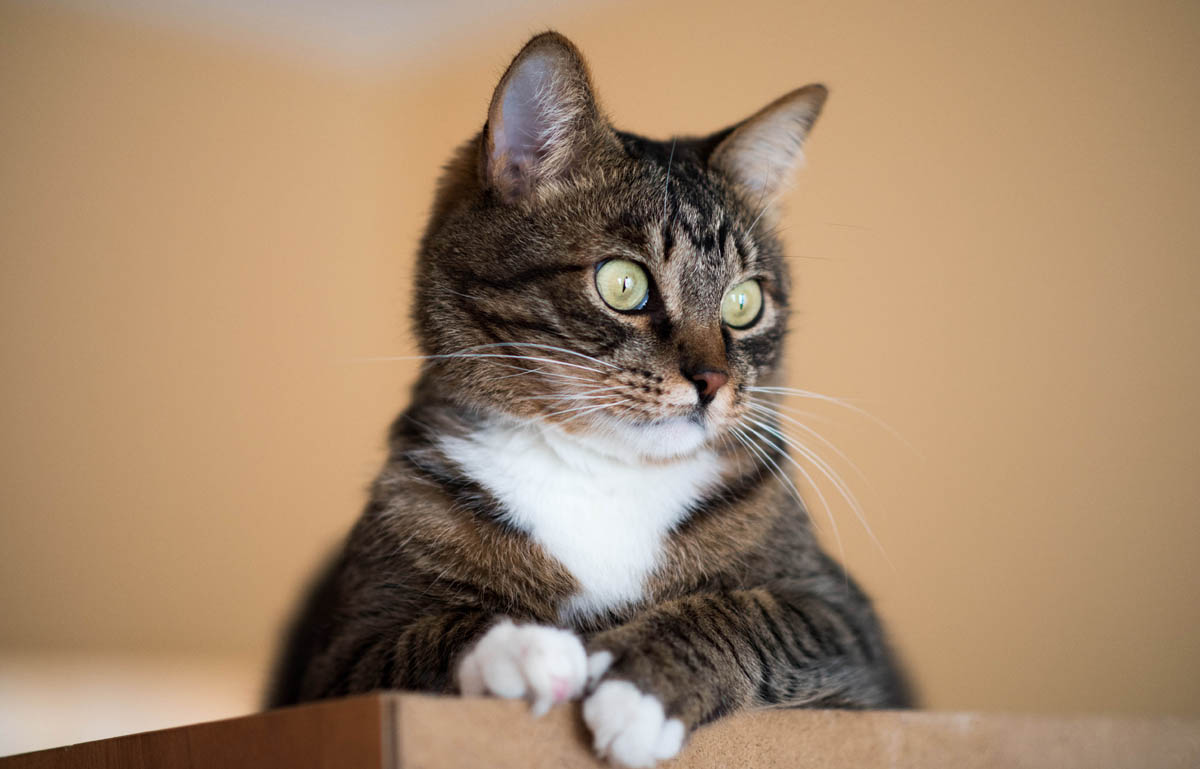At a glance
|
What is exocrine pancreatic insufficiency?
Also known as maldigestion disorder, exocrine pancreatic insufficiency (EPI) is a disease caused by a failure of the pancreas to secrete adequate levels of pancreatic enzymes which results in an inability to properly digest food.
The pancreas is a pale pink, a lobulated organ found near the liver and behind the stomach. The pancreas performs both exocrine (secretes enzymes via a duct) and endocrine (secretes hormones directly into the bloodstream) functions. Small clusters of cells called Islets of Langerhans are responsible for the production of the hormones insulin and glucagon which regulate blood sugar. The exocrine pancreas produces pancreatic juice, a digestive enzyme-rich in sodium bicarbonate which helps break down proteins, fats and carbohydrates. Specialised cells called acinar cells are responsible for the production of pancreatic juices. The pancreas secretes this juice which is collected in the pancreatic duct, joining with the bile duct from the liver before entering the duodenum.
There appears to be no breed predilection to this condition, it occurs most often in middle-aged cats.
Causes
By far, the most common cause of exocrine pancreatic insufficiency is pancreatitis. Pancreatitis is an inflammation of the pancreas where digestive enzymes which are usually secreted inactivated until they reach the duodenum are secreted activated, resulting in damage to the cells of the pancreas. It takes up to 90% loss of the acinar cells before exocrine pancreatic insufficiency occurs.
Other causes of exocrine pancreatic insufficiency include:
- Neoplasia: This can result in exocrine pancreatic insufficiency either due to a loss of acinar cells due to cancer or the cancer-causing a blockage at the head of the pancreas, where the pancreatic duct is located. This prevents the pancreatic juices from leaving the pancreas and doing their job.
- Flukes: As with neoplasia, flukes can cause an obstruction at the head of the pancreas.
- Pancreatic acinar atrophy: This condition occurs more often in dogs. The precise cause of this is poorly understood, but it is thought there may be a genetic basis in dogs, or possibly an immune-mediated process.
Symptoms
Due to the inability of the pancreas to break down food properly, the cat can quickly become malnourished. While the disease may be due to exocrine pancreatic insufficiency, symptoms are due to a loss of function in the small intestine and the abovementioned malnutrition.
- Weight loss
- Pale and voluminous diarrhea that contains large quantities of fat
- Flatulence
- Abdominal pain and tenderness
- Greasy coat appearance, particularly around the anal and tail region
- Poor coat condition
- Increased appetite or loss of appetite
It is not uncommon for cats to have a concurrent disease along with exocrine pancreatic insufficiency such as diabetes, particularly if the cat has/had pancreatitis, which could lead to damage to the insulin-producing exocrine cells, inflammatory bowel disease, and hepatic lipidosis.
Diagnosis
Your veterinarian will perform a complete physical examination of your cat and obtain a medical history from you. Symptoms of EPI are similar to those of hyperthyroidism and inflammatory bowel disease, which are much more common diseases. Your veterinarian may wish to perform specific diagnostic tests for those to rule them out.
Diagnostic workup
- fTLI (feline Trypsin-Like Immunoreactivity: This test measures the concentrations of trypsin-like proteins in serum. A low level indicates EPI.
- Fecal proteolytic activity: Examination of the feces for fecal fat and fecal trypsin.
- Baseline tests: Complete blood count and a biochemical profile to check for concurrent disease and the general health status of your cat. Low serum cobalamin levels may be noted.
Treatment
Treatment for EPI is lifelong and includes:
- Pancreatic enzyme extract: Powdered pancreatic extracts (from cow and pig pancreases) with each meal to assist with the digestive process. This comes in either tablet or powder form and is either given just before or during a meal. This treatment has a good outcome, but it is a lifelong treatment and is expensive. Your veterinarian will monitor your cat when he begins this treatment and the dose will be tweaked until he is on the lowest dose necessary to control symptoms.
- Diet: High protein, low fibre diet. Pancreatic enzyme extract can assist with the digestion of food, however, fat digestion is often still impaired, therefore a low fat, low fibre diet may be recommended for easy digestion.
- Antibiotics are indicated for possible small intestinal bacterial overgrowth, which is a common side effect of this disease.
- Cobalamin (vitamin B12).
Stools should return to normal within a week or two of him receiving enzyme extracts.
Additional treatment will be necessary if your cat has a concurrent disease.

